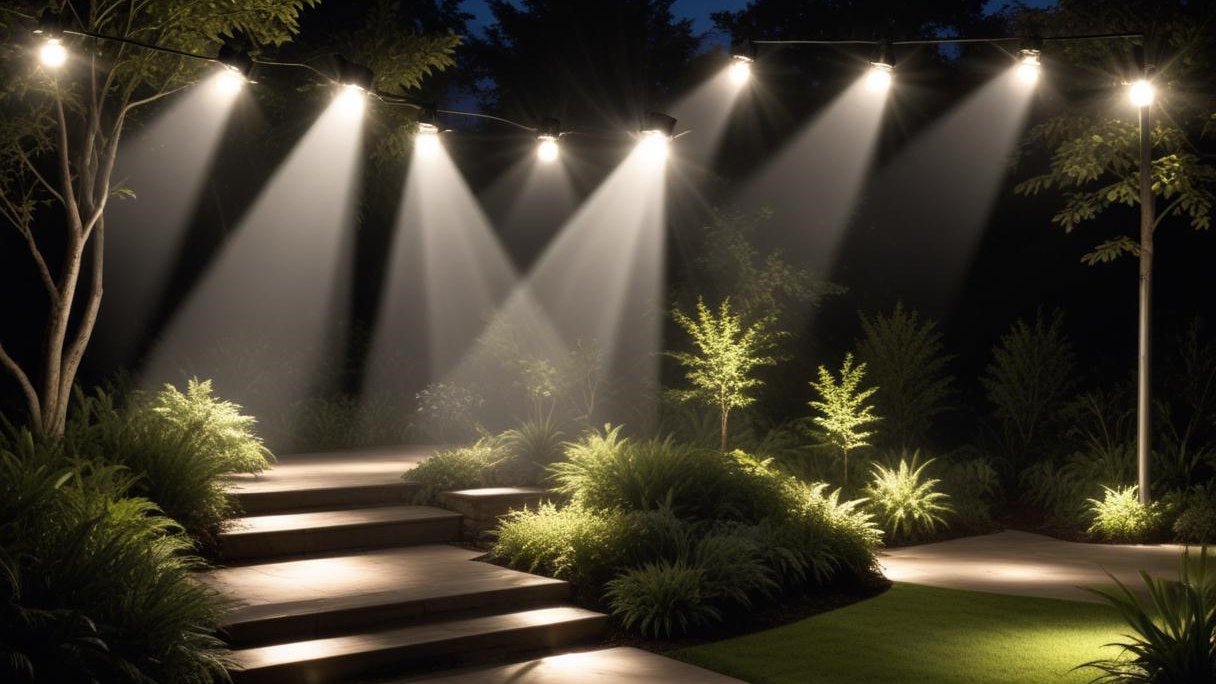Spot lights come in various types, each designed to serve specific purposes and environments. This article delves into the different types of spot lights available, highlighting their characteristics, applications, and advantages in lighting design.
- Traditional Incandescent Spot Lights
Traditional incandescent spot lights use a filament wire heated to a high temperature to produce light. They provide warm, soft illumination and are often used in residential settings for accent lighting, highlighting artwork, or creating ambient lighting in living spaces. However, they are less energy-efficient compared to modern alternatives.
- Halogen Spot Lights
Halogen spot lights are an improved version of traditional incandescent lights, offering brighter and whiter light. They use halogen gas to extend the lifespan of the tungsten filament, resulting in higher efficiency and better color rendering. Halogen spot lights are commonly used in both residential and commercial settings for accent lighting, task lighting, and outdoor applications due to their robustness and versatility.
- LED Spot Lights
LED (Light Emitting Diode) spot lights have revolutionized the lighting industry with their energy efficiency, longevity, and versatility. LED spot lights use semiconductor technology to produce light, converting electrical energy into photons with minimal heat generation. They come in various shapes, sizes, and configurations to suit different applications:
- MR16 LED Spot Lights: MR16 bulbs are small, low-voltage bulbs often used in track lighting, display lighting, and residential settings. They offer excellent directional lighting and are available in different beam angles for precise illumination.
- PAR LED Spot Lights: PAR (Parabolic Aluminized Reflector) bulbs are used for flood and spot lighting applications where a concentrated beam is needed. They are popular for outdoor lighting, stage lighting, and architectural highlighting due to their robust construction and adjustable beam angles.
- GU10 LED Spot Lights: GU10 bulbs have a twist-and-lock base and are commonly used in recessed lighting fixtures, track lighting, and decorative applications. They are versatile, offering options for dimmability and various color temperatures to create different atmospheres.

Applications of Spot Lights
Spot lights find applications in various settings, including:
- Residential Lighting: Used for accentuating artwork, highlighting architectural features, and creating ambiance in living spaces.
- Commercial Lighting: Ideal for retail displays, galleries, museums, and hospitality venues to draw attention to products and enhance visual appeal.
- Outdoor Lighting: Used for landscape lighting, security lighting, and highlighting outdoor features such as trees, statues, and pathways.
- Stage and Entertainment Lighting: Essential in theaters, concerts, and events for spotlighting performers, creating dynamic lighting effects, and setting the mood on stage.
Advantages of Using Spot Lights
- Focused Illumination: Spot lights provide concentrated light beams that can be directed precisely to illuminate specific areas or objects.
- Enhanced Visibility: They improve visibility and accentuate details, making them suitable for both functional and aesthetic purposes.
- Flexibility: Spot lights come in various types and configurations, offering flexibility in lighting design and application.
Choosing the Right Spot Lights
When selecting spot lights, consider factors such as:
- Light Output and Beam Angle: Determine the required brightness and beam spread for your specific application.
- Energy Efficiency: Opt for energy-efficient options like LED spot lights to reduce electricity consumption and operating costs.
- Durability and Lifespan: Choose spot lights with durable construction and long lifespan to minimize maintenance and replacement frequency.
Conclusion
Spot lights play a crucial role in lighting design across residential, commercial, and outdoor environments. Understanding the different types of spot lights available, their applications, and advantages helps in selecting the right lighting solutions to enhance ambiance, improve visibility, and achieve desired lighting effects. Whether for accent lighting, task lighting, or architectural highlighting, the versatility and efficiency of spot lights contribute to creating visually appealing and functional spaces. Embracing LED technology, in particular, offers sustainable and cost-effective lighting solutions for modern lighting applications.


































Leave a comment
This site is protected by hCaptcha and the hCaptcha Privacy Policy and Terms of Service apply.